Today’s world is fast paced: there’s fast food, fast delivery, fast fashion… but this doesn’t mean we need to be driving faster.
Speeding continues to be a contributing factor in serious Canadian collisions: according to a 2021 Transport Canada report, 27% of fatalities and 19% of serious injuries involve speeding. Stunt-driving – going 50 km per hour or more over the speed limit – has also been making headlines more these days.
In a newly released survey by the Canadian Automobile Association (CAA), 88% of Canadians said they are deeply worried about speeding in residential areas, yet 22% admit to still sometimes doing it. Almost half (45%) of Canadians admit to speeding on the highway.
Canadians understand in theory that speeding is dangerous, but they may not understand that every kilometer over the speed limit increases your crash risk. So, while concern is important and a step in the right direction, we need to back it up with a behavioural change to address the problem of speeding culture.
There is overwhelming data that speeding is deadly. According to the OPP, there were 404 road fatalities in 2023, a 14% increase from 2022. Of these fatalities, 94 of were speeding-related which means approximately 1 in 4 Ontario road deaths were a result of speeding.
Did you also know…
- Driving 10 km/h over the speed limit doubles your crash risk, and driving 20 km/h over the limit increases your crash risk times six (Traffic Injury Research Foundation)
- Even small reductions in speed can be significant. For each 1.6 km/h reduction in average speed, collisions are reduced by 5% (Parachute Canada)
- A pedestrian struck by a car traveling at 50 km/h is almost six times more likely to be killed than a pedestrian struck at 30 km/h (Parachute Canada)
- 70% of the speeding-related fatalities happened on rural roads (Transport Canada)
- Speeding is reported in nearly one in four motorcycle fatalities (Statistics Canada)

So, speeding increases your fatal crash risk… but why?
First, speeding limits how much time you have to react to a situation. It takes a total of 2.5 seconds for a driver to see and realize they need to put the brakes on. That’s 1.5 seconds to see and realize they need to stop and 1 second to move their foot to the brake. If something unexpected happens, you can’t respond quick enough to prevent an accident.
Second, the faster a car is going, the longer it takes to physically stop the vehicle. Keeping in mind the 2.5 second rule above, the faster a driver is going, the farther they go even after pressing the breaks. If you are travelling 40 km/h, you should stop in 17 meters. Think about it – a lot can happen within 17 meters.
Changing the behaviour
While the city has included additional speed cameras in the 2024 transportation budget, road safety measures aren’t only addressed through engineering. As mentioned earlier, education is a major component in making behavioural changes.
According to the Traffic Injury Research Foundation, young drivers (aged 16-25) are at high risk for fatal injury and death due to speed-related crashes, and account for a disproportionate number of drivers involved in such crashes. This is why it’s important to educate our kids before they become drivers about road safety – break any bad habits before they ever form.
Our RoadSMARTS4Kids program, launched in 2022, offers a virtual library of resources that makes learning important road safety concepts, skills and awareness fun and engaging to elementary age children.
RoadSMARTS4Kids includes teacher modules that are free, easy to use and satisfy Ministry curriculum requirements. They cover a variety of age-appropriate road safety topics such as cycling, walking, sharing our roads, booster seat safety and preparing to walk places alone for the first time.
Parents, guardians and teachers can also access our RoadSMARTS E-cademy Virtual Courses, which includes courses and quizzes for students JK to Grade 6.
The education of road safety concepts in elementary school kids will provide them with a good foundation of knowledge before they are old enough to get behind the wheel.
Take the pledge
Road safety is a shared responsibility, regardless of how you use the road. Our friends, family, children, and colleagues are impacted several times daily by road safety. By taking the Road SMARTS Pledge, you can help improve road safety for everyone. When road behaviours change, accidents can be reduced.
